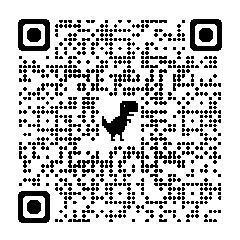Want to learn a musical instrument, how to choose? Comparison of several popular musical instruments
Release time:
2023-05-30
With the development of society, music training has gone from being "highbrow" more than a decade ago to becoming a common need for children to develop their hobbies. Many adults also want to learn a musical instrument after work to fulfill their youthful musical dreams.
With the development of society, music training has gone from being "highbrow" more than a decade ago to becoming a common need for children to develop their hobbies. Many adults also want to learn a musical instrument after work to fulfill their youthful musical dreams.
So how should you choose from so many musical instruments?
It's simple: choose whatever instrument you like.
Today, I would like to compare several popular instruments in terms of price, difficulty of entry, expressiveness, and suitability for performance. Of course, there are a variety of instruments besides the ones listed, but the popularity is still not high in terms of the classes offered by training institutions. For example, if you want to learn clarinet, it's okay in the first-tier cities, but it's a problem if you can find a teacher in the fourth or fifth-tier counties.
Violin can be said to be a very familiar instrument, entry-level violin prices are not high, less than 1,000 yuan can be.
The violin is called "the instrument after" because it can perform perfectly whether it is exciting or soft.
It has a sing-song tone that doesn't even feel monotonous when played solo without other instruments. The violin is also small and portable, so you can easily carry it around to performances.
However, the violin is the most difficult instrument to begin with compared to the instruments listed above and most of them: first of all, the violin requires the head to be held sideways in the playing position, which may affect the cervical spine and shoulders if one does not take rest to recover; secondly, the violin's fingerboard has no taste, which means that one cannot visually see the position of the tone like a piano or a guitar. It is necessary to rely on the performer's ear to identify whether or not the tone has been pressed correctly; there are also strict requirements for the bowing of the right hand.
Many children who have studied the violin for a long time still come out with the sound of sawing wood, or a song with half of the notes wrong. I have a friend who has been playing music for many years and has good intonation, but after a year of learning the cello, he still tends to have some wrong notes when he plays.
Translated with www.DeepL.com/Translator (free version)
Keywords:
development
Recommended news



